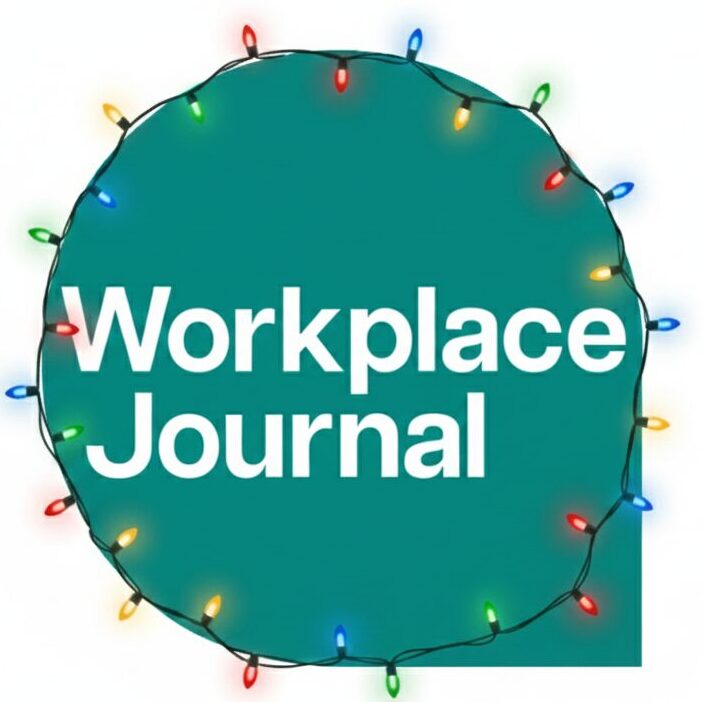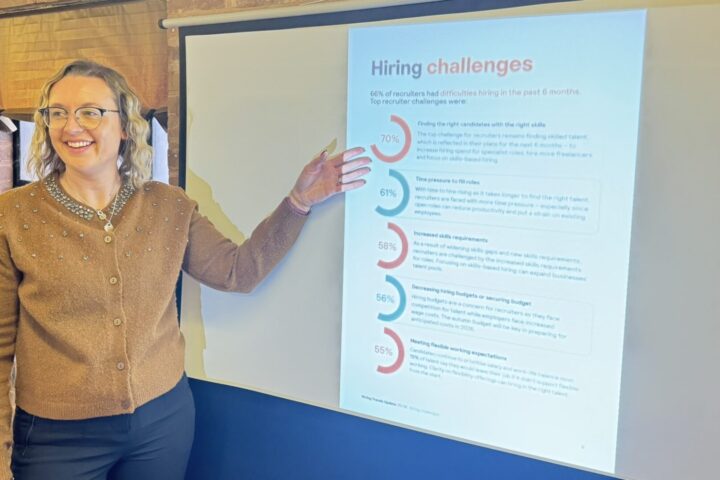The current auto-enrolment (AE) minimum contribution levels – 3% from employees and 5% from employers – may not be sufficient to provide an adequate retirement income for many workers, according to WEALTH at Work.
Despite concerns about under-saving, Pensions Minister Torsten Bell confirmed that AE thresholds will remain unchanged for 2025-26, meaning total pension contributions will stay at 8%.
Jonathan Watts-Lay, director at WEALTH at work, said: “It can be difficult for someone to judge how much they may need to save for retirement as everyone has different circumstances and different expectations.
“However, we know the current levels are too low and may not provide an adequate standard of living for many.”
Research from the Pensions and Lifetime Savings Association (PLSA) suggested that a single person will need approximately £14,400 per year to achieve a minimum standard of living in retirement, covering basic needs with some leisure activities such as a week’s holiday in the UK and occasional dining out.
For a moderate lifestyle, where a retiree can afford a yearly foreign holiday and more frequent meals out, this figure rises to £31,300.
Those seeking a comfortable retirement, including two foreign holidays per year and additional luxuries, would require £43,100 annually.
For couples, these figures were £22,400, £43,100, and £59,000, respectively.
Watts-Lay explained that a significant proportion of workers are disengaged from their retirement planning, with research showing that 21% of employees had no idea how much their pension is worth, while 24% did not know how much they would need for a comfortable retirement.
He warned that maintaining AE thresholds at current levels could leave many individuals unknowingly facing financial difficulties in later life.
He said: “The AE minimum is just not going to be enough for many.
“Whilst I understand the decision made to maintain thresholds could be due to the business cost of employers now having to fund the increase in National Insurance and minimum wage, I worry that many individuals are now at risk of sleepwalking into an unhappy retirement because they are unknowingly not saving enough and will have insufficient funds.”
He urged employees to take a proactive approach by reviewing their pension statements and assessing whether their projected retirement income aligns with their expectations.
He said: “Employees need to look at their pension statement, and understand the pension income they are likely to retire on based on their current contributions, and if this matches their expectations or if they need to save more.”
Watts-Lay pointed out that a worker in their 20s who increases their pension contributions by just 1% each year could see their future savings grow by 25%.
To help individuals make informed decisions, Watts-Lay emphasised the need for better financial education and workplace support.
He said: “People need support to understand their finances, including ways to save money and budget, as well as how to make the most of their pension savings for later life.”
Many employers and trustees are now working with financial wellbeing and retirement specialists to improve employee engagement with pensions throughout their careers.
Providing access to financial guidance at the right time, he added, can enhance financial resilience and ultimately lead to better retirement outcomes for all.

















